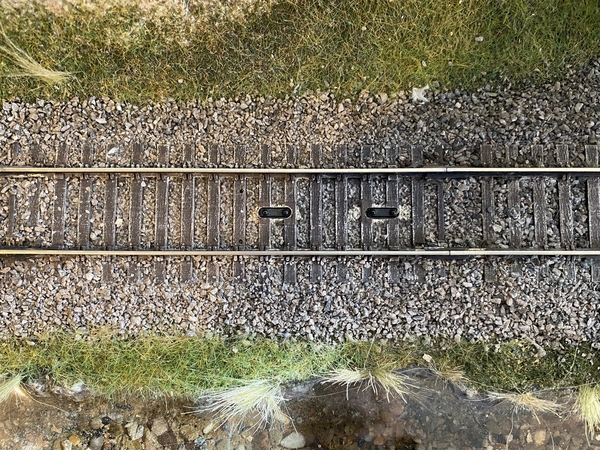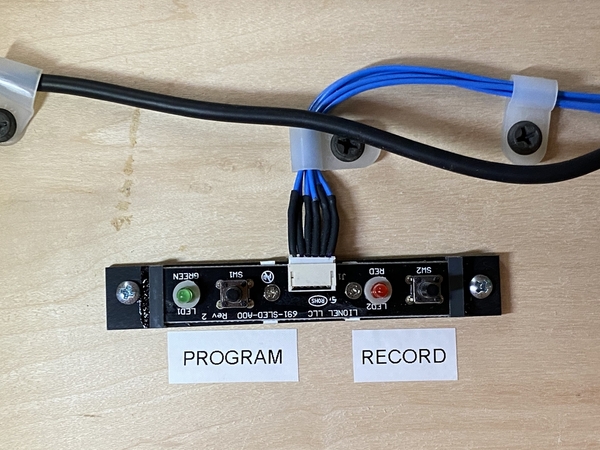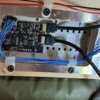I’m thinking this is a hard question to answer. I would let both trains run Simultaneously both set at the same speed…
Larry,
This isn't about having two trains running simultaneously because they're set at exactly the same speed and thus never get close to each other. That's relatively easy to do, at least for some minimal amount of time.
In reality though they will never be precisely at the same speed. At some point one will overtake the other. The O.P. is specifically looking for the ability to temporarily slow or stop the one of them that is going fastest to avoid a collision.
As someone's already pointed out, in command mode this requires the ability to monitor the relative position of both and send a slow down command (equivalent to a rotate the handheld's red knob CCW a little bit), for slowing, or a stop command, for stopping, automatically.
Also as others have pointed out, the control part is fairly straightforward with a computer that has a serial connection to the command base (for issuing the commands). The relative position is the hard part. Knowing where each train is and when they are likely to get too close to each other (meaning sensing the position, speed and acceleration of both in real time) is not easy.
You might be able to measure speed for each using the sensor tracks, but probably not acceleration (at least not terribly accurately), and definitely not position accurately (although you'll certainly know when one of them crosses a sensor track you don't know precisely where they are when in between).
I think that it could be done by estimating the required position, speed and acceleration from data received as the trains cross over the sensor tracks, as long as the layout has enough of them, and they are positioned satisfactorily.
I agree that there's a market for something like this, and the technology is already there with the LCS sensors and the serial bus.
Johnnie,
Is there really a market for this? In following the OGR Forum for the last eight years this topic, and the fundamentals behind it, have come up about twice a year as far as I can see. From this I would say no.
But, is this one of those things that most people don't know they need until they see it in operation, then after seeing it absolutely have to have it? It may indeed be.
We'll have to stay tuned to see what happens ...
Mike



















